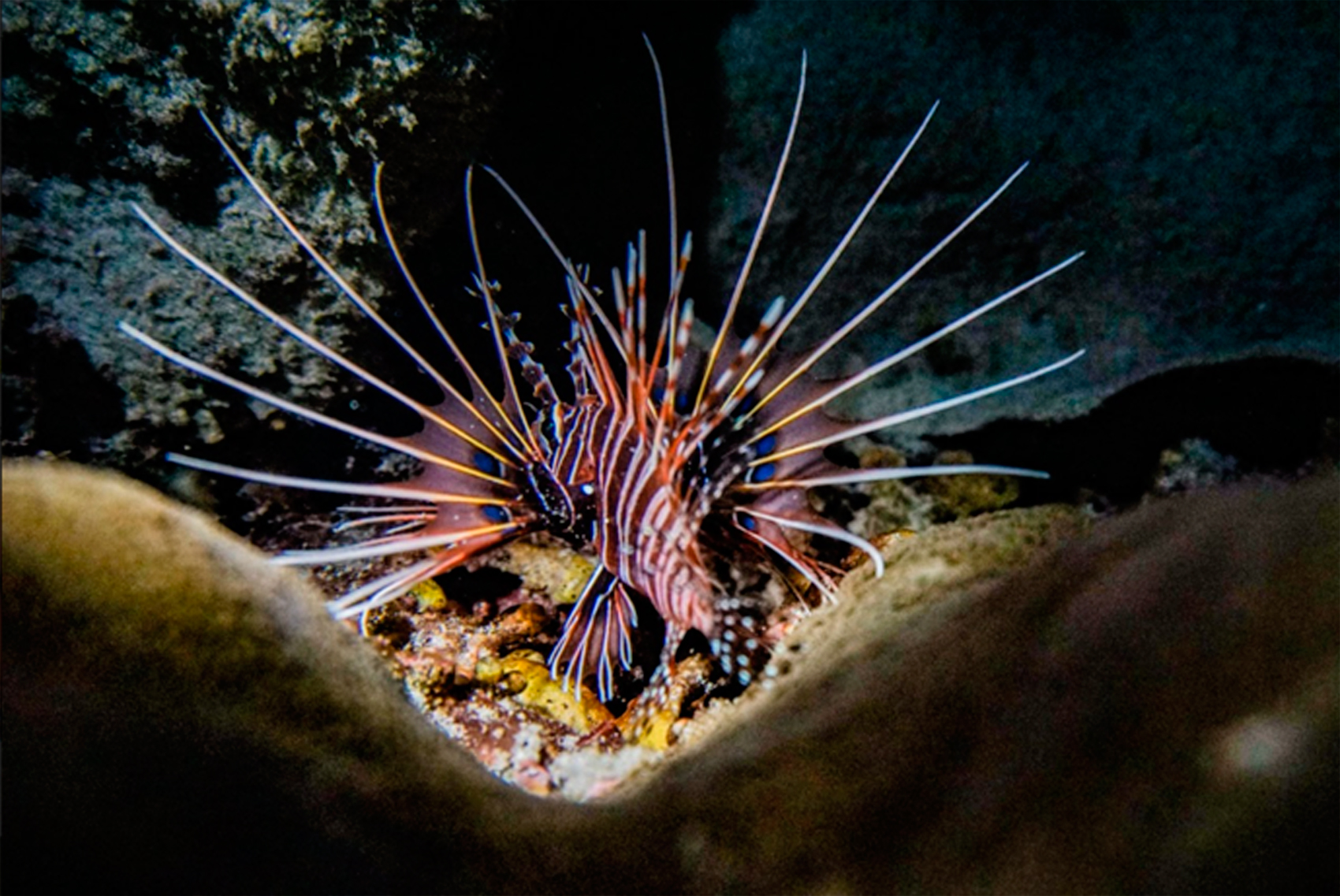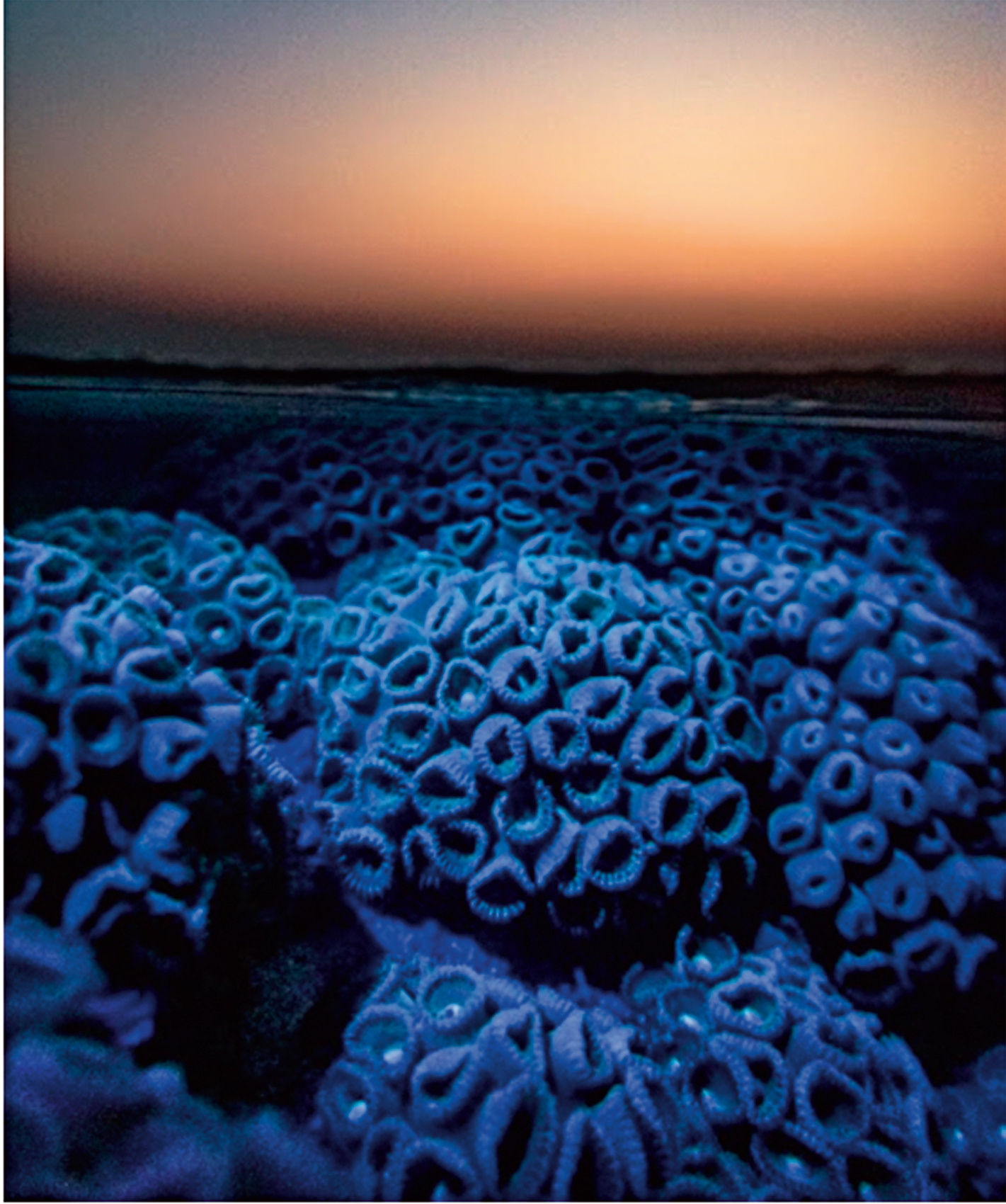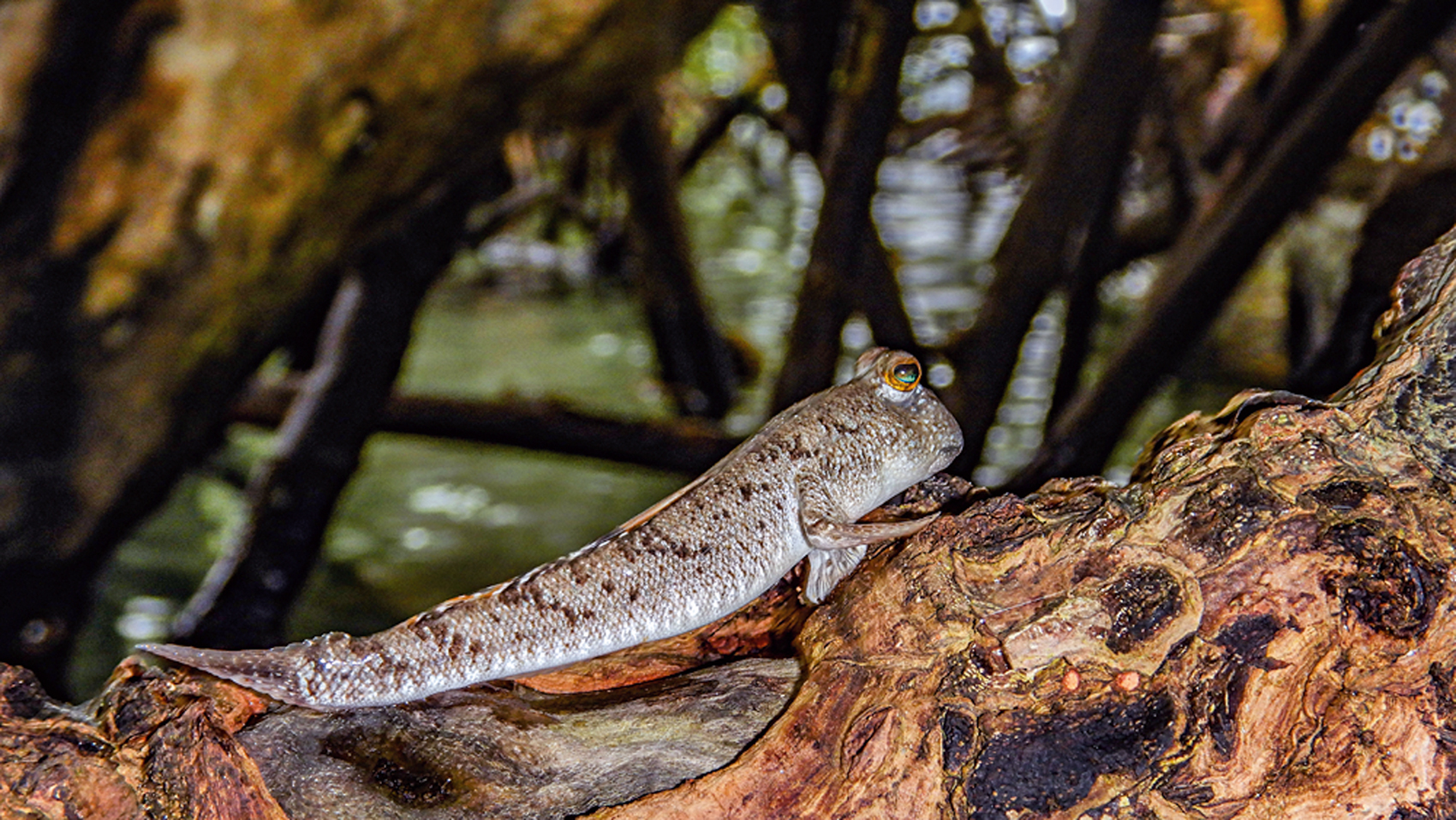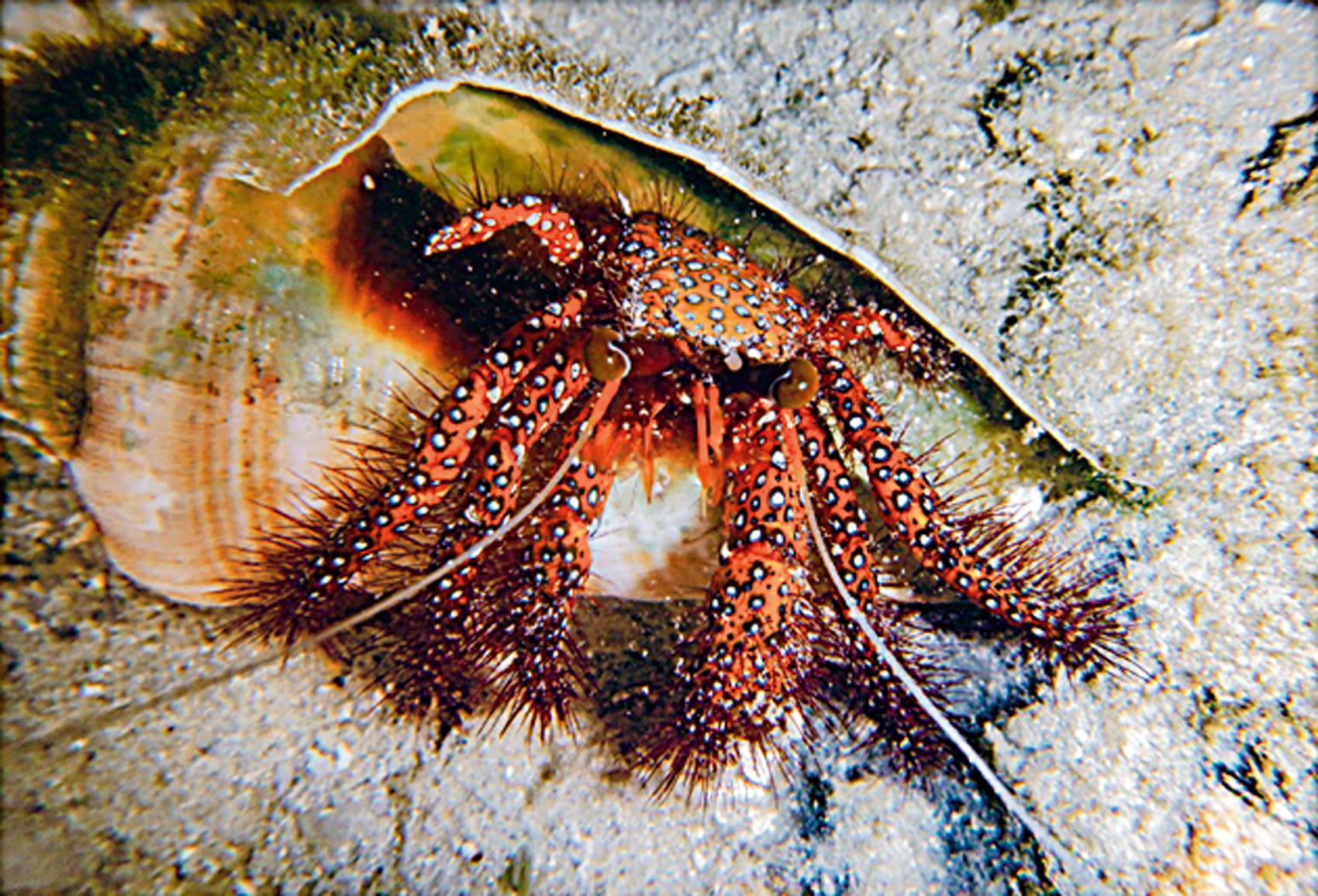On The Sands Of The Andamans
First published in Sanctuary Cub,
Vol. 41
No. 5,
May 2021
Text And Photos By Anurag Karekar
You don’t need to go diving to marvel at the unbelievable wildlife in the Andaman and Nicobar Islands. I found it all as I simply walked along the beaches – fishes, crabs, molluscs, coral and more.
Working in the Islands
I am willing to bet that every young reader of this magazine would have these islands on their bucket list. And why not? Not only is this stunning archipelago teeming with incredible, rare, and unique wildlife, but it also has a rich culture and history. In 2019, I was lucky to spend over seven months on Havelock island (aka Swaraj Dweep) as a Nature Interpreter at the Taj Resort and Lacadives Dive Centre. My experience totally changed my perspective of the Andamans. I often revisited the same location several times and yet enjoyed new experiences and wild encounters.
A New Way to Explore
When you picture yourself exploring the Andamans, how do you imagine it happening? You’re probably scuba diving, right? Diving in the Andamans can be absolutely breathtaking, but it comes with limitations – you need a lot of money, training, diving experience, and if you want to photograph what you see, you need the appropriate camera gear. So I chose to explore the Andamans in a different way. Inspired by marine walks that are routinely held in coastal cities like Mumbai, I began to walk along the beaches.
 A lionfish juvenile.
A lionfish juvenile.
Hidden Treasure
It’s best to visit low tide regions, on foot. A marine walk at Govind Nagar beach began through mangroves, where purple-coloured Sally lightfoot crabs skittered across their roots! Mudskippers sat calmly on top of the roots and rocks and then suddenly skipped across the water, when threatened. Under the shadows of the roots, fiddler crabs sported their bright red arms. Walking ahead, I found tiny burrows in the sand, where I witnessed the ‘symbiotic’ relationship between Goby fish and snapping shrimp: the fish stand on guard while shrimp excavate sand out from the burrow. Box crabs darted at the slightest hint of movement and disappeared into the sand. And when I turned a few shells over, I would find a white-spotted red hermit crab!
Further ahead, the shelf of the coral reef began. There were burrowing clams that snuggly fit inside rocks, each a different dazzling mix of colours. Sea slugs of a variety of species swam about lazily. I had to watch out as I could accidentally step on a spider conch, as its shell is usually covered with algae. I spent much of my time watching sea cucumbers. The spotted wire sea cucumber was over two metres long, winding through the rocks and feeding with its feather-like tentacles. The diversity of corals, sponges and algae amazed me. I spotted the shy, beautiful feather duster and Christmas tree worms between the corals.
 Zoanthids under UV light.
Zoanthids under UV light.
Intertidal Wonders
In deeper intertidal pools, you can find an incredible diversity of juvenile fish, clownfish, damsels, pipefish, box fish and puffers, among countless other species. Did you know? Most juveniles are more colourful than the adults of their species! Exploring these pools at night offers a whole different world of discoveries. Scorpionfish lie stealthily, awaiting prey. Banded coral shrimp move gracefully over the corals. Octopuses lurk between the rocks. Cryptic decorator crabs cover themselves with dry leaf debris and head out to find food. You can also carefully experiment with low-intensity UV light. Many species of corals and zoanthids show fluorescence when exposed to light, caused by pigments that protect them from harsh UV radiation, much like how we humans use sunscreen to protect ourselves. Never forget to wear UV protective goggles and do not shine the light on the corals for too long. Look for shallow reef coral species to see the fluorescence.
 Mudskipper
Mudskipper
Why Marine Walks?
The islands are not as pristine as they once were. It’s hard to miss the evidence of how we mistreat our planet. Plastic from as far as Thailand and Myanmar can be found on the shore. Many corals are pale white due to bleaching. Up shore, there are dead corals broken off by fishing nets, boats, and inexperienced divers. It makes you realise that these beautiful landscapes are vulnerable and need protection.
Every year, millions of people visit the Andaman islands but aren’t aware of the threats the islands face. It is important to engage them through marine walks, to enlighten them about biodiversity and the impact of anthropogenic activity on wildlife. Marine walks should ideally be a mandatory activity for every guest that visits the islands!
 White-spotted hermit crab.
White-spotted hermit crab.
Top Tips for Young Naturalists
~ Plan your trip so that you will be able to visit the beach when the tide is low.
~ Take care not to touch the creatures you find and be gentle when you look under rocks.
~ Watch your trash on your holiday. Avoid producing plastic waste.
Anurag Karekar is the Co-founder of NaturalisT Foundation that teaches city-dwelling adults and children about the wonders of the urban natural habitats they live next to. He won the Sanctuary Young Naturalist Award 2020.


 A lionfish juvenile.
A lionfish juvenile.

